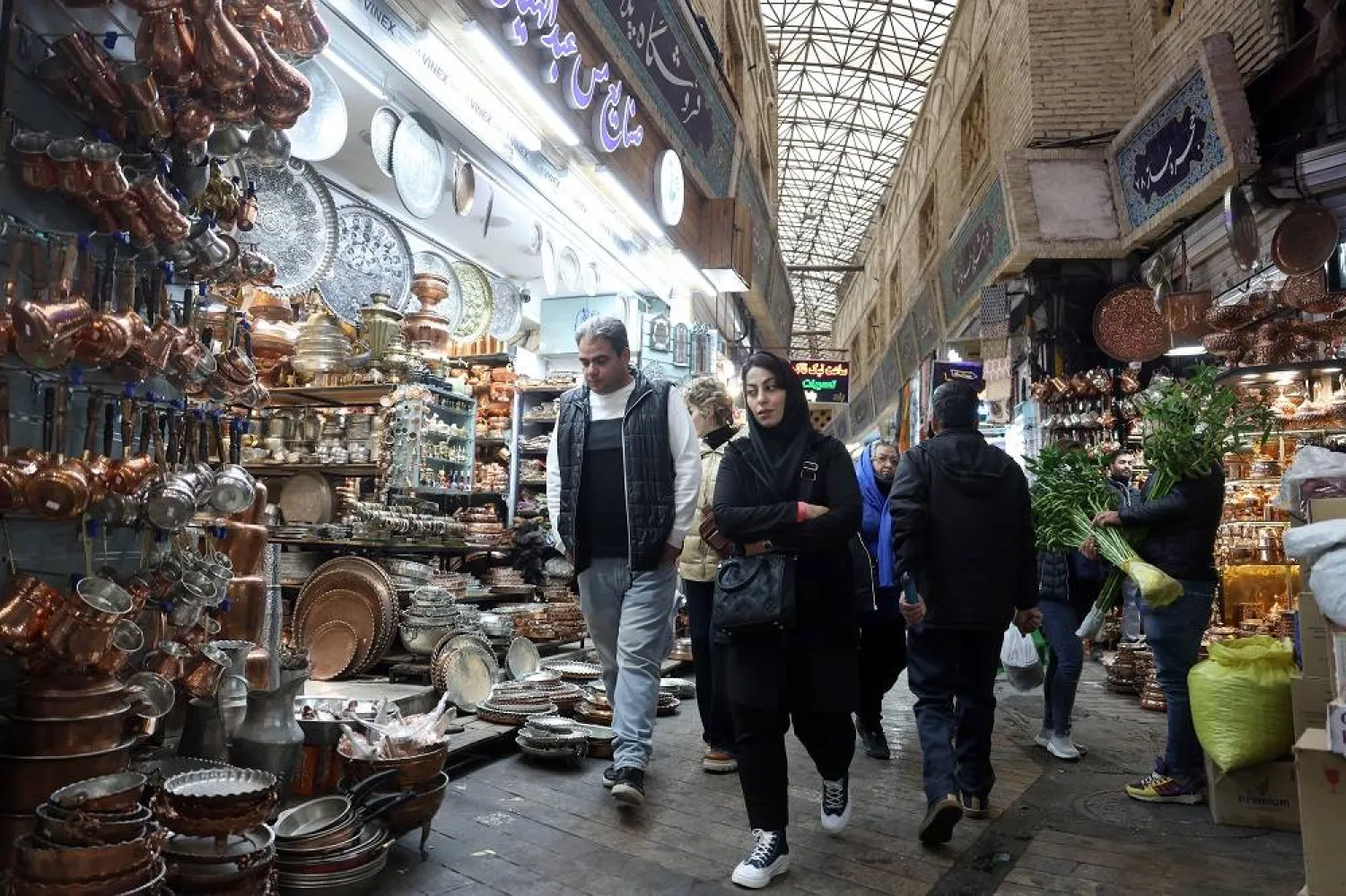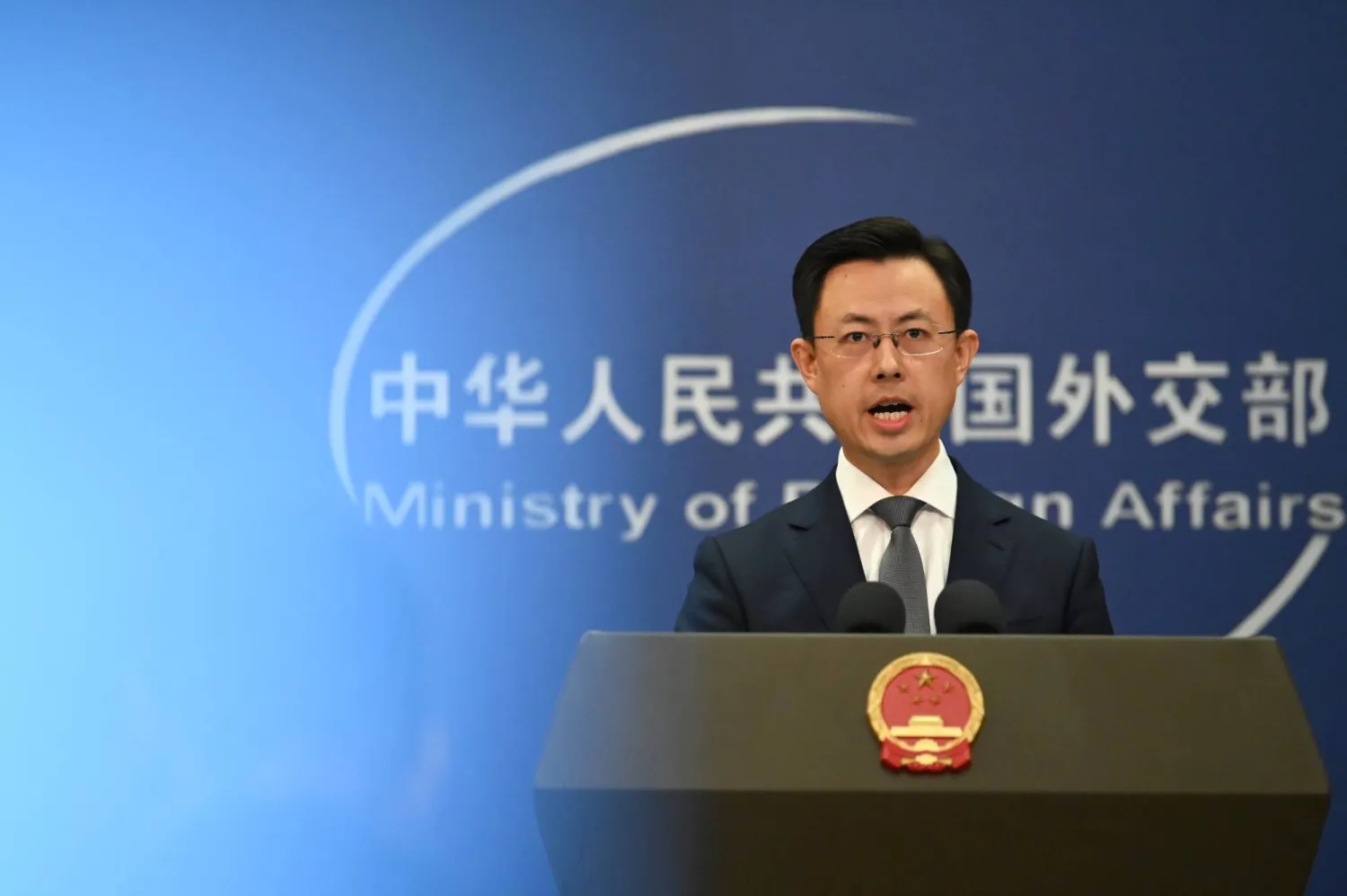Iran has officially dropped a key red line demand that had been a major sticking point in efforts to revive the nuclear deal, a senior US administration official told CNN.
In its response to a draft nuclear deal agreement proposed by the European Union -- which the EU has described as a “final” draft -- Iran did not demand that the Iranian Revolutionary Guard Corps (IRGC) be removed from the State Department's list of Foreign Terrorist Organizations, the official said.
“The current version of the text, and what they are demanding, drops it,” the official said, noting that the US had repeatedly and consistently rejected the demand. “So if we are closer to a deal, that’s why.”
The Iranians also dropped demands related to delisting several companies tied to the IRGC, the official said.
US President Joe Biden has been “firm and consistent that he will not lift the terrorism designation of IRGC,” the official added.
He said that while a deal is now “closer than it was two weeks ago, the outcome remains uncertain as some gaps remain. Biden will only approve a deal that meets our national security interests.”
Progress from this point forward could be slow, another senior administration official said. But there does seem to be more momentum now than there has been in the past year.
While the United States does feel one major obstacle has been removed, there are still some other sticking points.
Those include Tehran’s desire for a guarantee that it will be compensated if a future US president pulls out of the deal, and its demand that a three-year-old probe by the International Atomic Energy Agency (IAEA) into its nuclear program be shut down.
The Biden administration’s position on those issues has not changed, officials told CNN.
Iran still has to explain to the IAEA why undeclared nuclear material—traces of uranium—were found at Iranian sites in 2019, the officials said.
And the US has also made clear to Iran that it can’t bind future administrations to the deal, nor promise compensation should a US president ever withdraw, the officials said.
Biden has insisted for months that he would not lift the IRGC terrorist designation in order to revive the nuclear deal, known as the Joint Comprehensive Plan of Action.
Asked in July in an interview with Israel’s Channel 12 whether he was still committed to keeping the IRGC on the list, even if it meant killing the deal for good, Biden responded: “Yes.”
The policy is one of several foreign policy decisions made by former President Donald Trump that Biden has maintained—the Trump administration designated the IRGC as a terrorist organization in 2019 as part of a “maximum pressure campaign” imposed after Trump withdrew the US from the deal in 2018.
The Biden administration has also continued to impose new sanctions on Iran as talks over the nuclear deal have worn on.
Politically, meanwhile, Republican opposition to the deal in the US remains strong, even if delisting the IRGC is not part of the deal.
That opposition has only grown in recent weeks with the Justice Department rolling out charges against an Iranian who plotted to assassinate former National Security Adviser John Bolton, and the attack on author Salman Rushdie that was praised by Iranian officials.
Republicans have also insisted that they will try to block any sanctions relief that Iran might get for returning to the JCPOA.
“Their deal dismantles sanctions on the Iranian economy and floods the regime with hundreds of billions of dollars, even while Iran is attempting to hunt down and murder former American officials and dissidents on American soil,” Republican Senator Ted Cruz of Texas told CNN.
Cruz added that he is “committed to blocking and reversing this catastrophic deal.”
For now, the US has been privately conveying feedback to the Europeans, a senior administration official said. But the US has not yet officially responded to the EU and Iranian drafts, another administration official said.
“As we do in the Biden administration, we’re doing our homework,” one of the senior administration officials said. “We're consulting with our experts in the interagency. And when we have a response prepared, we’ll send it back.”
The talks on the revival of the 2015 nuclear deal began in April 2021 in Vienna but were suspended in March this year because of political differences between Tehran and Washington.









